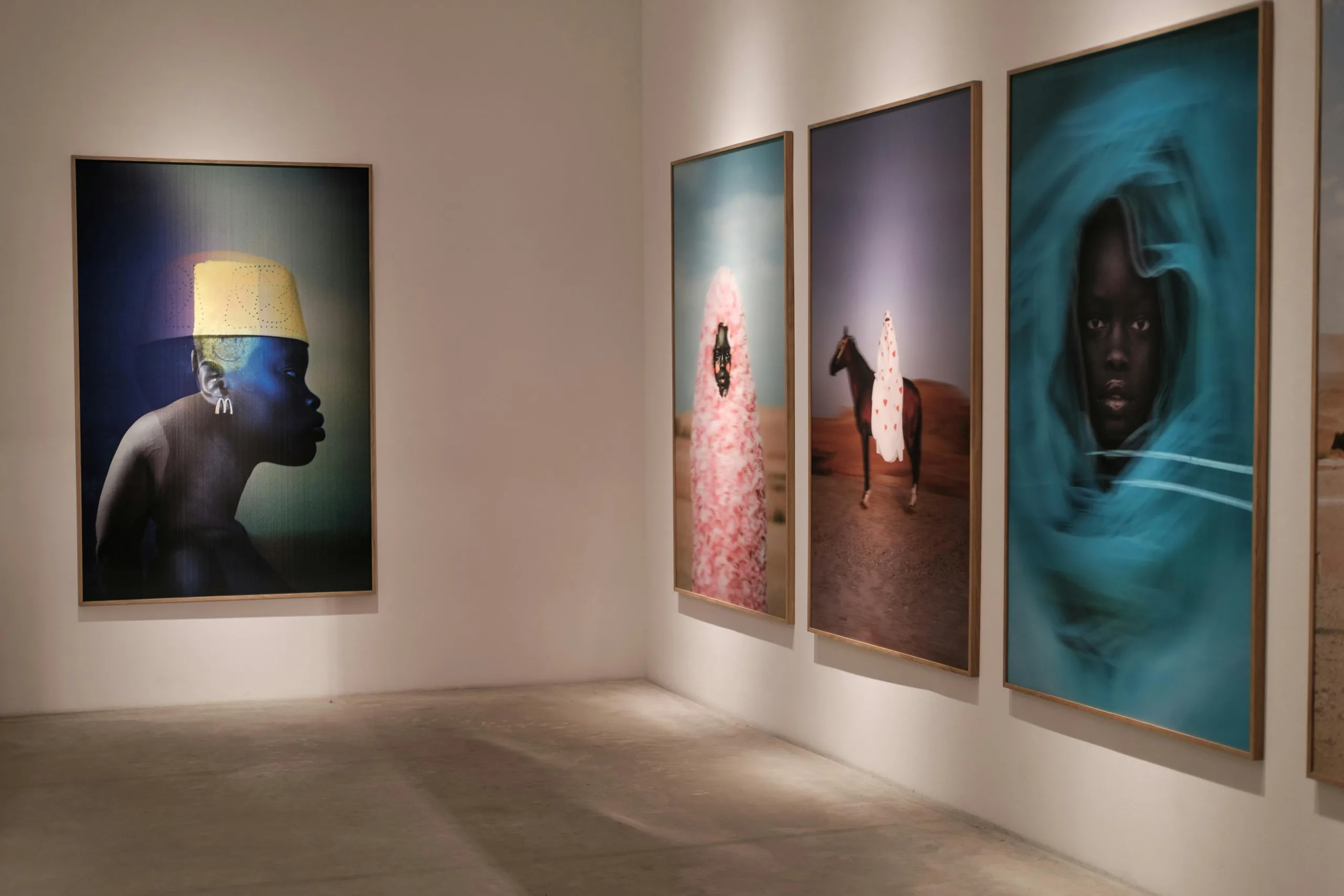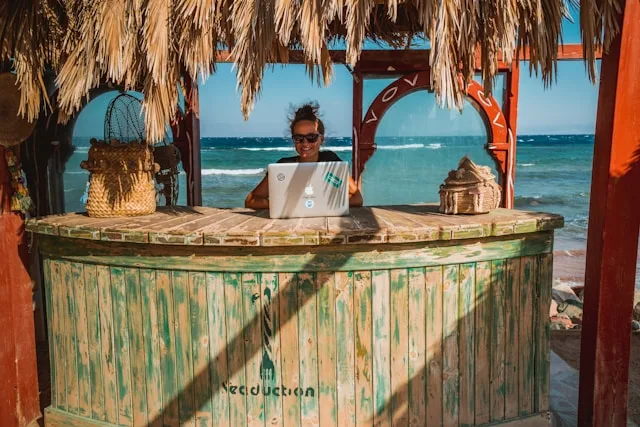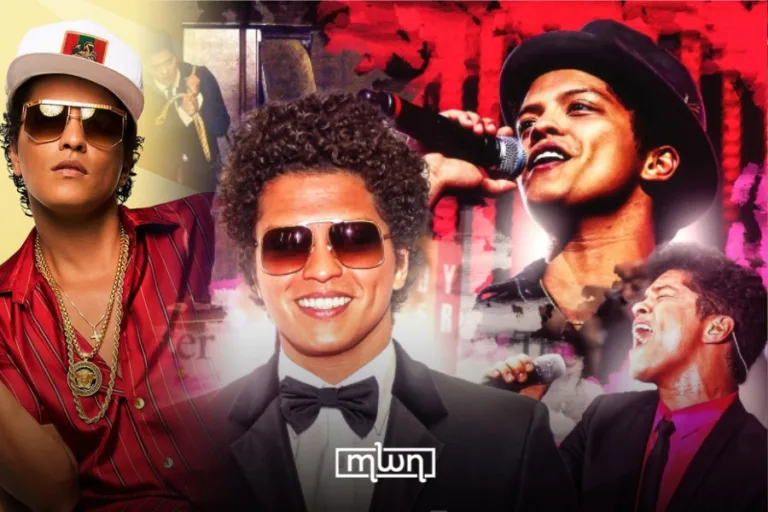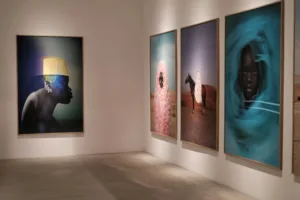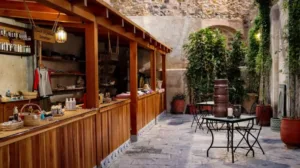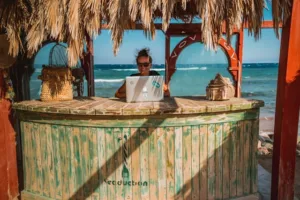Marrakech – When artists create, they’re not just expressing themselves – they’re reflecting the world around them. Curators and galleries often use exhibitions to spotlight pressing social issues, inviting the public to engage emotionally rather than just intellectually.
This emotional connection helps people see familiar problems through new perspectives.
For instance, climate-themed exhibitions can evoke the beauty of nature while reminding audiences of its fragility. In the same way, shows centered on identity or migration tell stories that statistics alone cannot.
Unlike traditional campaigns, art doesn’t lecture, it immerses. Visitors are encouraged to pause, feel, and reflect.
This slower form of awareness-building can be more powerful than facts and figures, helping people empathize with communities and causes they may have never personally encountered.
Many institutions also host artist talks, workshops, and performances alongside exhibitions to deepen public understanding of the cause at hand.
Art exhibitions often double as fundraising opportunities. Galleries may auction pieces or donate proceeds to nonprofit organizations. Beyond the financial impact, they create visibility, introducing audiences to new causes and giving activists and NGOs a creative platform to share their mission.
Art also helps people heal. Exhibitions dedicated to mental health, for instance, allow both artists and visitors to express and process shared experiences. This collective engagement can build stronger communities, turning individual struggles into shared strength.
Ultimately, exhibitions succeed when they inspire action. Whether someone donates, volunteers, or simply rethinks their role in society, the ripple effect of a powerful artwork can reach far beyond the gallery walls.
As artist and curator Theaster Gates once said, “Art can’t fix the world, but it can show us what fixing looks like.”

